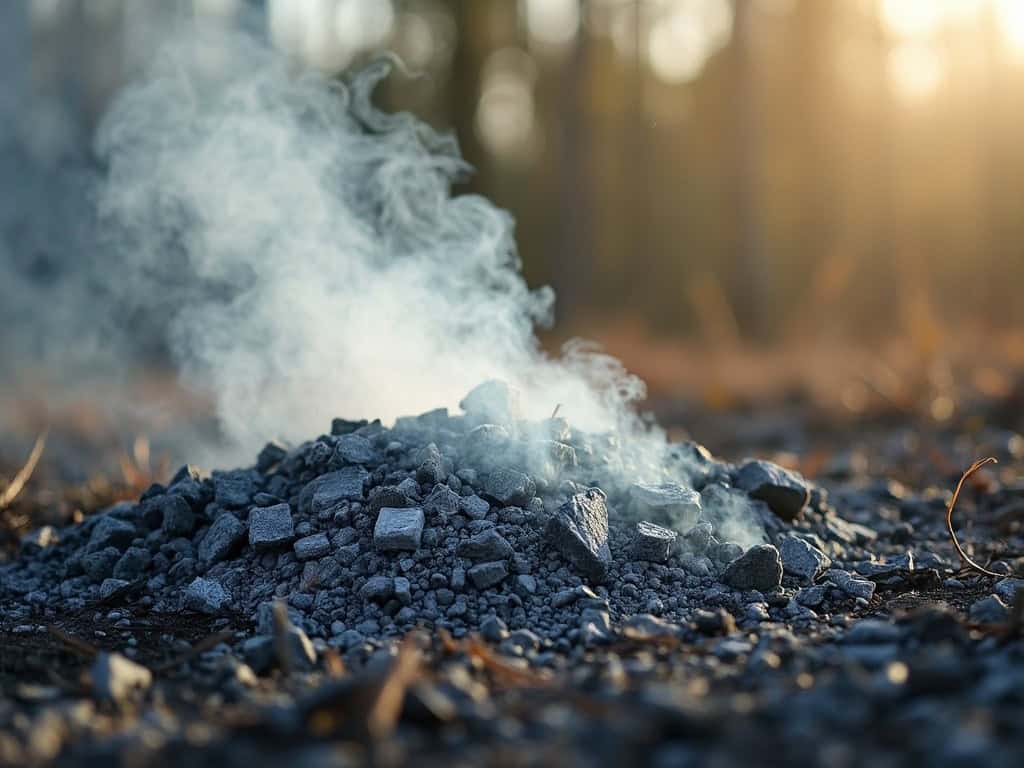Choosing a meaningful location to scatter a loved one’s ashes requires careful consideration of both personal preferences and legal requirements. This comprehensive guide explores various locations where ashes can be scattered while ensuring compliance with relevant regulations and environmental considerations.
Key Considerations:
– Permission requirements vary by location type
– Environmental impact must be considered
– Some locations require permits or advance notice
– Private property rights must be respected
– Local regulations may override general guidelines
Private Property Considerations
When considering private property for ash scattering, the legal requirements largely depend on ownership. Scattering ashes on your own property presents the simplest scenario, requiring no special permits or permissions. However, choosing someone else’s private property necessitates explicit permission from the landowner. Obtaining written consent proves particularly valuable, as it provides clear documentation of the agreement and helps prevent potential future disputes.
The consequences of scattering ashes without proper permission can be significant. Unauthorized scattering on private property constitutes trespassing, potentially resulting in fines or legal action. These situations can create unnecessary stress during an already emotional time, making it crucial to secure appropriate permissions beforehand.
Public Parks and Protected Lands
Public parks, including national parks, often welcome ash scattering as a meaningful way to connect departed loved ones with nature. However, these locations typically maintain specific guidelines to preserve their natural environment and respect other visitors. Most national parks require advance communication with the chief park ranger, and some may require formal permits before allowing ash scattering ceremonies.
When choosing a location within these areas, visitors should select spots away from trails, developed areas, and water sources. This consideration helps protect sensitive ecosystems while providing a private space for remembrance. Park officials can often recommend appropriate locations that balance accessibility with environmental protection.
Waterways and Coastal Areas
Ocean scattering represents a popular choice for many families, offering a sense of connection with nature’s vastness. Maritime law generally permits this practice, though specific requirements exist. Most jurisdictions require boats to venture at least three nautical miles from shore before scattering ashes. Additionally, any materials scattered alongside the ashes must be fully biodegradable to protect marine ecosystems.
Inland waterways present more complex considerations. Regulations regarding lakes and rivers vary significantly by state and local jurisdiction. Some areas prohibit ash scattering in fresh water entirely, while others permit it under specific conditions. Families should consult local environmental protection agencies to understand applicable regulations before proceeding with inland water scattering.
Cemetery Options
Modern cemeteries increasingly recognize the desire for ash scattering, with many now offering designated scattering gardens. These specially designed areas provide dignified spaces for families to scatter ashes while ensuring proper maintenance and record-keeping. Cemetery scattering gardens often include memorial markers or plaques, allowing families to create lasting tributes.
For those considering scattering ashes on existing graves, two levels of permission become necessary. First, obtain consent from the family of the person buried in that location. Second, consult cemetery management regarding their specific policies and any associated fees. Many cemeteries maintain strict regulations about adding ashes to existing burial sites to protect the interests of all families involved.
Uninhabited Public Lands
While uninhabited public lands may seem ideal for ash scattering, these areas often fall under various jurisdictions with specific regulations. Environmental protection laws may restrict activities in certain areas, particularly those housing sensitive ecosystems or endangered species. Before selecting such locations, families should verify local regulations and obtain any necessary permits.
Sports Venues and Entertainment Facilities
Despite their emotional significance to some individuals, sports stadiums and amusement parks typically prohibit ash scattering. These venues, operating as private businesses, maintain strict policies regarding such practices due to safety concerns and operational considerations. While requests for permission are occasionally submitted, they are rarely approved, making it advisable to seek alternative locations.
Environmental Impact Considerations
Responsible ash scattering requires careful attention to environmental impact. Cremated remains, while natural, can affect local ecosystems if concentrated in sensitive areas. Avoid scattering ashes in locations with heavy vegetation, protected wildlife habitats, or near water sources used for drinking. When possible, distribute ashes over a wider area to minimize local impact.
Planning and Documentation
Proper planning helps ensure a meaningful and legally compliant ash scattering ceremony. Research local regulations, obtain necessary permits, and document all permissions received. Consider weather conditions and accessibility when choosing dates and locations. Many families find value in creating simple ceremonies that respect both legal requirements and personal significance.
Conclusion
Understanding the legal framework surrounding ash scattering locations helps families create meaningful tributes while avoiding potential complications. By carefully considering location options and obtaining necessary permissions, families can honor their loved ones’ wishes while respecting both private property rights and environmental concerns.
Frequently Asked Questions
What documentation do I need to scatter ashes in a national park?
Contact the park’s chief ranger office for specific requirements, but typically you’ll need written permission and may require a permit. Some parks also request information about the planned location and timing.
Can ashes be scattered at sea without a boat?
While beaches may allow scattering at the water’s edge, maritime law requires scattering at least three nautical miles offshore for full ocean scattering. Consider hiring a licensed charter service familiar with local regulations.
Are there restrictions on dividing ashes between multiple locations?
Generally, no legal restrictions exist on dividing ashes, though some religious traditions may have specific guidelines. Ensure you have appropriate permissions for each chosen location.
What happens if ashes are scattered without permission?
Unauthorized scattering on private property could result in trespassing charges. On public lands, violations might lead to fines or other penalties depending on local regulations.
How can I ensure environmental responsibility when scattering ashes?
Choose locations away from water sources and sensitive ecosystems, scatter ashes widely rather than in concentrated areas, and use only biodegradable containers or materials in the process.
This guide is provided by Newrest Family Funerals, committed to supporting families through affordable funeral choices with dignity and care. All prices and information are current as of January 2025 but may be subject to change. Please contact us directly for the most up-to-date information and pricing for your specific requirements.
For guidance and support available 24/7, contact Newrest Family Funerals:
Phone: 0800 111 4971
Email: contactus@newrestfunerals.co.uk
Website: www.newrestfunerals.co.uk
Please contact for more details.


